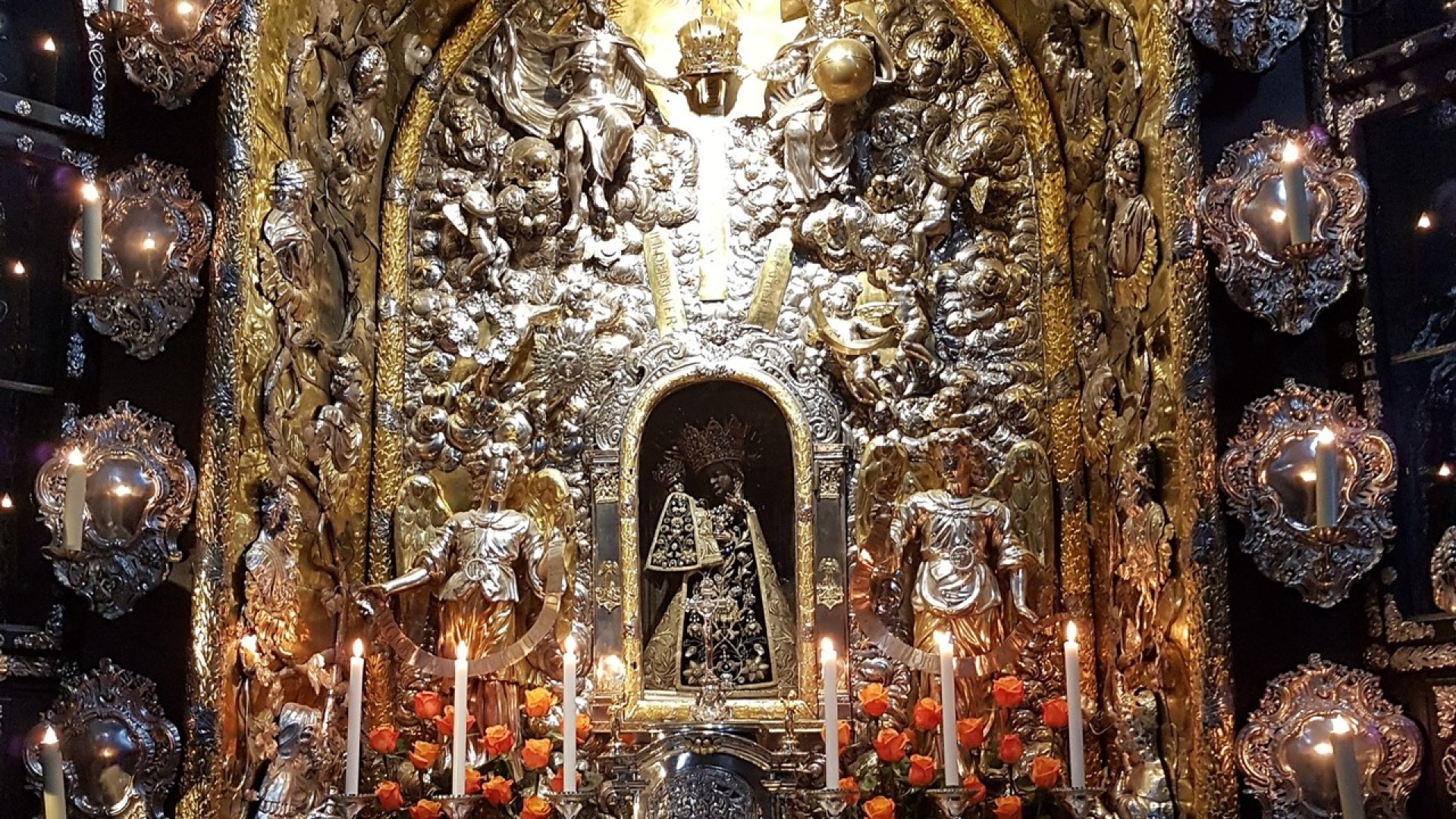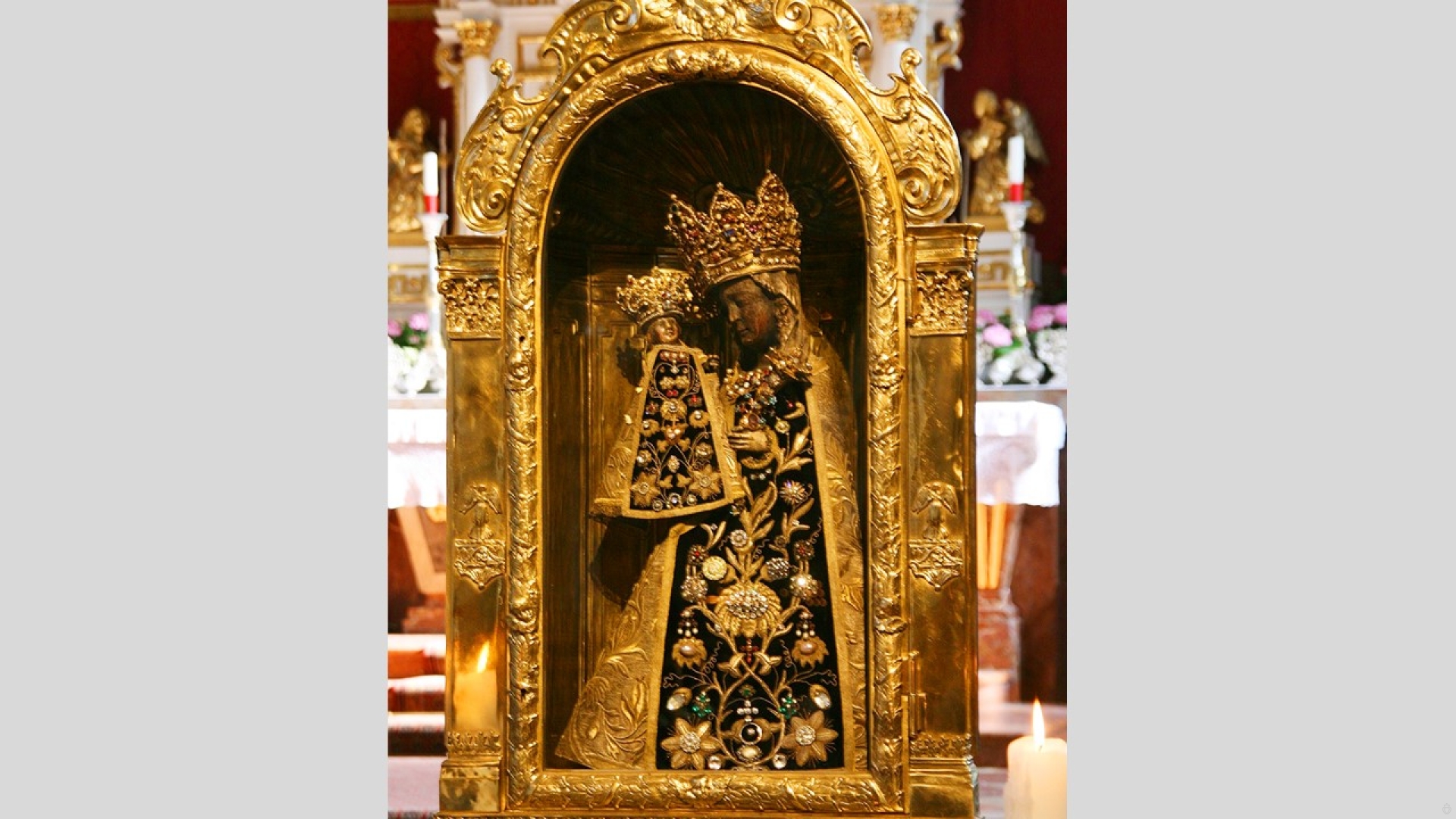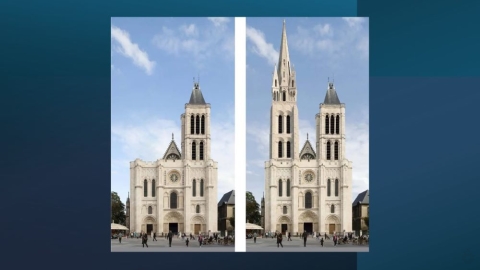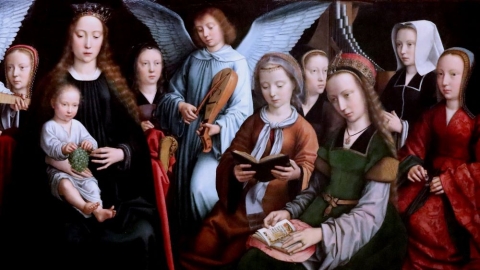Our Lady of Altötting: The “Lourdes” of Germany

Our Lady of Altötting is a shrine dedicated to the Virgin Mary, located in Bavaria. It is the oldest place of Marian veneration in all of Germany. God was pleased to shed His grace abundantly there in honor of the Blessed Virgin and to perform many miracles through her intercession.
Around the year 700, a baptistery was built in Altötting, on what was formerly a place of pagan worship; then the baptistery was transformed into a chapel. Soon the dukes of Bavaria had a castle built near the chapel. Once Charlemagne seized Bavaria, he came to pray at Altötting in 803.
Throughout the Middle Ages, Germanic emperors and kings visited Altötting. It was for political and personal reasons that the crowned heads went to the shrine in Bavaria. Alliances were forged there, disputes and prayers took place there. It should be noted that, despite the many invasions that disturbed the region, the chapel was always spared.
In 1489, a first miracle occurred. A three-year-old boy had drowned in a stream, from which he was only pulled after half an hour. His tearful mother took him in her arms and ran towards the chapel. She laid the body of her child on the altar and begged the Virgin Mary to restore his life. And the miracle happened: God brought the child back to life.
Shortly after, a second miracle took place: a six-year-old child fell from a horse that was pulling a large cart. Unable to stop in time, the cart crushed the child, who died; there was no longer any hope. But his parents prayed to Our Lady of Altötting, and the next day the little boy was alive. His body no longer bore any trace of his wounds.
The news of these two miracles spread, and during the end of the 15th century and throughout the 16th century, impressive crowds of pilgrims from all over Europe converged on Altötting. New miracles confirmed the first ones and further increased the fame of Altötting. Even today, the sanctuary attracts 700,000 pilgrims and visitors each year.
The care of the sanctuary was entrusted to the Capuchins, whose convent was founded in 1654 by the Prince-Bishop of Regensburg. After an episode of secularization at the beginning of the 19th century, the life of the convent resumed. The porter of the convent, Brother Conrad of Parzham, lived there for 40 years, and died in 1894. He was canonized in 1934. He had displayed radiant Marian piety throughout his life.
The sanctuary is centered on a chapel known as the Chapel of Grace, also called Gnadenkapelle, which is octagonal in shape. Above the tabernacle of the altar is an alcove in which is located the venerated statue of Our Lady of Altötting.
The image of grace, 64 cm high, is carved of linden wood; she comes from Burgundy and was brought to Altötting via the nearby Cistercian monastery of Raitenhaslach. Since 1518, the Virgin and the Child Jesus have been dressed in preciously embroidered and bejeweled garments.
The dark coloring of the face and hands has earned this statue the popular title of the Black Madonna. The reason for this staining is the many centuries’ exposure to the smoke from the altar candles.
The patina of the burnished silver reinforces this visual effect. The sweet and kind expression of the face of the Mother of God, as well as her motherly and understanding smile, contribute to the influx of pilgrims. This face shows the motherly love of the Virgin for our souls and her desire to guide us through this “valley of tears” towards the eternal homeland.
The altar surmounted by the miraculous statue, contains the letter of Prince Maximilian I (1573-1651), by which he consecrated himself with all Bavaria to the Mother of God, written with his own blood.

(Source : Wikipedia/altoetting.de/gnadenort-alteotting.de – FSSPX.Actualités)
Illustration 1 : Ricardalovesmonuments, CC BY-SA 4.0, via Wikimedia Commons
Illustration 2 : S. Finner: Siddhartha Finner, Dipl.Ing.-Architektur, CC BY-SA 3.0, via Wikimedia Commons





